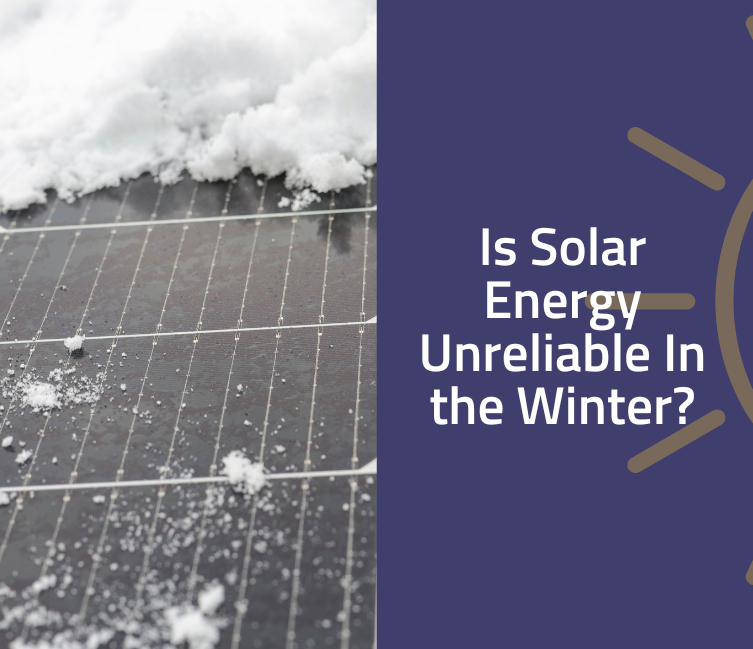Even though it has been demonstrated and documented that solar panels can produce energy to fulfill people’s daily activities during the winter months, the frequent grid alerts Albertans receive when they’re facing below-freezing temperatures make the public wonder if they can rely on solar panels and other forms of renewable energy to relieve the pressure on the electrical grid and avoid rotating outages when they need electricity the most to keep themselves warm.
We will outline the factors that determine solar energy production and panels’ performance during the winter and explain why solar adoption can give the electrical grid the stability it needs in extreme cold temperatures.
The Elements Behind Solar Energy Production During the Winter
1 – Sunlight Duration
Winter days are shorter, translating into less sunlight for solar panels to generate electricity. Additionally, the sun is often lower in the sky during the winter months, reducing the intensity of the sunlight. However, Alberta enjoys over 312 sunny days a year, and the shorter winter days still provide enough sunlight to produce energy with solar panels.
2 – Snow
Snow cover can slightly reduce the amount of sunlight reaching solar panels, as a five-year study conducted by NAIT showed that snow build-up will reduce a system’s yearly output by a mere 3%.
3 – Temperature
This may sound counterintuitive, but solar panels tend to perform better in cooler temperatures rather than scorching summer temperatures due to the silicon material the panels are made of and work as a semiconductor, which has better conductivity and less energy loss in cold weather conditions, allowing the panels to produce energy more efficiently.
4 – Angle of Incidence
The angle at which sun rays hit the solar panels (known as the angle of incidence) can affect their efficiency depending on the season. In the winter, the sun is often at a lower angle, which may not be optimal for some solar panel installations. However, professional installers consider angle tilt and ensure that sun incidence fluctuations throughout the year won’t affect the system’s performance.
Why Solar Adoption Supports the Electrical Grid
While adopting solar energy is often seen as a personal choice to reduce carbon footprint or lower electricity bills, its impact extends far beyond individual households. In fact, integrating solar power into the broader electrical grid offers many attractive benefits:
1 – Reduced Peak Demand Hours
Solar energy production often coincides with periods of high electricity demand, particularly during daylight hours when people are awake and using electrical appliances. By supplying electricity during these peak hours, solar energy reduces the strain on the grid, helping to stabilize the system and avoid blackouts or brownouts.
2 – Localized Generation and Distributed Energy
Solar systems can be placed on rooftops or in distributed arrays across communities, generating electricity near where it’s consumed. This distributed generation model reduces the need for long-distance electricity transmission, minimizing transmission losses and improving overall grid efficiency.
3 – Peak Shaving
Solar energy can help “shave” peak demand by supplying the excess energy microgenerators produce as additional electricity, especially during periods of high demand, hence reducing the need to rely on expensive peaking power plants or grid upgrades and improving grid stability and efficiency.
4 – Diversification of Energy Sources
Alberta’s government has implemented policies such as the Renewable Electricity Program to encourage the development of renewable energy projects and reduce reliance on fossil fuels. As it stands now though, the province’s electricity generation mix still depends heavily on non-renewables.
Including more solar energy projects will help us reduce our carbon footprint, reach the province’s renewable energy capacity goals and result in a more resilient, sustainable, and efficient energy system.
Solar Is Reliable No Matter the Season
Solar energy is a dependable source that can power your home or business and contribute to electricity generation and grid stability during the winter. Innovations in solar technology, combined with proper system design and maintenance, can help mitigate any fluctuation in energy production your system may have during our below-zero days, so you can rest assured that you can count on your solar system all year round.

